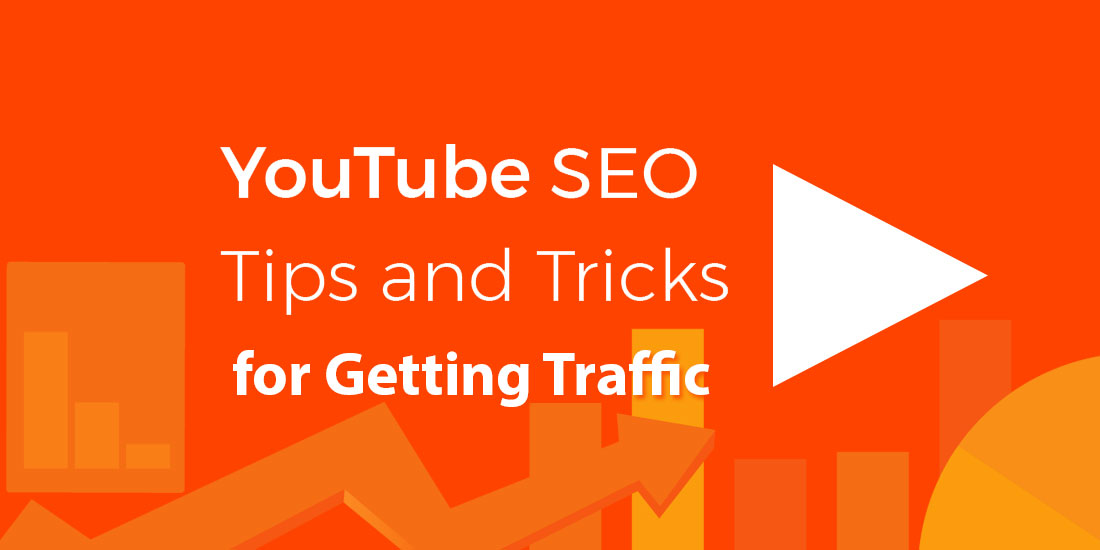So you’ve created and uploaded your video but don’t relax yet. There is still work to be done!
As important as carefully crafting your upload content is, it does nothing if people aren’t actually watching and engaging with your video. Upload Content is the first step but Content Engagement is where the work of getting your video seen and engaged with really begins.
Content Engagement has four considerations:
- Views
- Social Media Exposure
- Embeds, and
- Responses and Comments.
Each component addresses a single aspect of the primary goal of bringing awareness and traffic to your content.
Contents
Views: the first hurdle of uploading your video, getting people to watch.
YouTube tracks the number of times a video is watched. This number contributes to a higher ranking on YouTube which means that your video has a greater chance of being automatically advertised, shared, watched, responded to, etc. Videos that are referred to as having gone “viral” get that title by being viewed so many times.
It’s worth the time and effort to be a proactive ambassador of your brand.
One way to do this is through inbound links. Try going to Q&A websites like Answers.com and Quora and looking for questions pertinent to your content. Once you find these questions or threads go ahead and leave a vague, but helpful, comment. Also, let the questioner know that for more definitive answers they can follow the link (which you will include in the comments section) back to your website or video.
Keep in mind that like with other advertising methods, there is a right and wrong way to go about inbound links. Don’t risk harming the credibility of your brand by haphazardly or excessively posting on unrelated questions or websites. That’s a good way of telling people that you’re illegitimate. In today’s age where people are already hyper-vigilant about internet scams, you don’t want your brand being seen as another scheme.
Maintaining a blog and social media accounts adds greater validity and exposure to your brand. There’s a greater chance that a user will find you if you’re presence is spread across multiple platforms. Make sure that you stay current and relevant to your brand when posting information.
Embeds: Embedding is a seamless way of allowing others to utilize your content.
Unlike inbound links, the user is not generally rerouted to another page to watch your video. Rather, the material is placed on that website as viewable content. The takeaway here is to remember to always enable embedding to allow for media and social platforms to utilize your content.
Responses and Comments are different ways in which a user can actively engage with the content they view.
Like Views, responses and comments are also used on part of YouTube to determine the ranking of your video.
Think of the rank structure as threefold; views are good, likes are better, shares and comments are fantastic, and video responses–comments in which the user makes a video and posts it as a response to your video–are rare but the highest rank affecting factor in social media engagement.
Obviously, anyone who takes the time to make a video in response to your content is doing so because they feel deeply compelled. This alerts YouTube to the validity and influence of your video.


